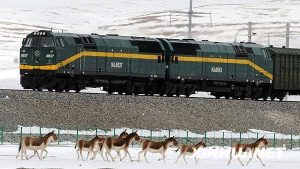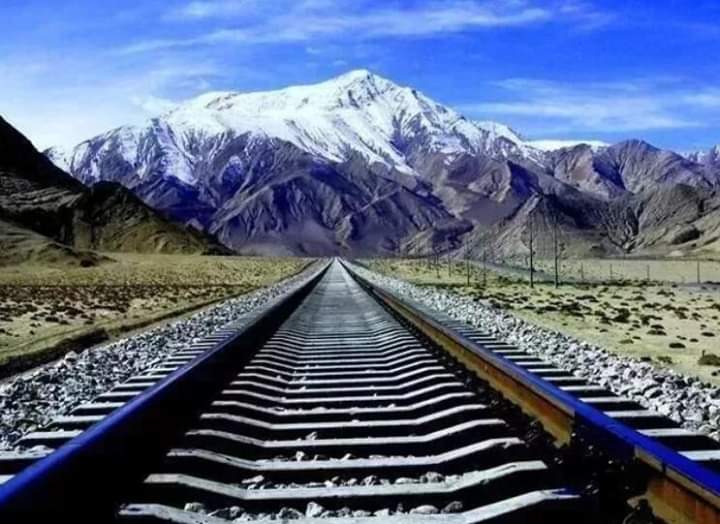China`s Sichuan-Tibet Railway turns mission impossible into mission possible
Dubbed as the most difficult railway to ever be built, the construction of the Sichuan-Tibet Railway is progressing on schedule, overcoming significant terrain elevation differences, strong plate activities, frequent mountain disasters, and a sensitive ecological environment—some of the biggest risks a construction project could ever face, turning mission impossible into mission possible.

The railway, which will run from Chengdu, provincial capital of Southwest China’s Sichuan Province, to Lhasa, capital of Southwest China’s Tibet Autonomous Region, climbs from the Sichuan Basin several hundred meters above sea level to the “Roof of the World,” at an altitude of more than 4,400 meters.
Once complete, the line will pass through the southeast of the Qinghai-Tibet Plateau, one of the world’s most geologically active areas, which also has sharp changes in terrain, passing over 21 snow-capped mountains that are more than 4,000 meters high and cross 14 major rivers in a region full of steep slopes and deep valleys.

The cumulative ascent of the Sichuan-Tibet Railway will exceed 14,000 meters, which is roughly equivalent to double the height of Mount Everest, the world’s highest mountain. According to the design, more than 80 percent of the line will run on bridges or in tunnels.
Since the Chengdu-Tibet railway will have to cross the zone where the Indian plate is separated from the Eurasian plate, the chances of earthquakes, landslides, collapses, mudslides, glacial lake outburst floods, and other geological disasters occurring in the course of tunnel construction is higher.

The 250-billion-yuan ($36.16 billion) railway, with a total construction length of about 1,700 kilometers and a designed speed of 160 to 200 kilometers per hour, is expected to be completed by the year 2026. Once complete, the travelling time via train between Chengdu and Lhasa will be shortened from 48 hours to about 13 hours.
What’s more, the Lhasa-section of the railway will connect Tibet with the Yangtze River Economic Belt and form a convenient overland route to South Asia. Over five million people will benefit from the project.


